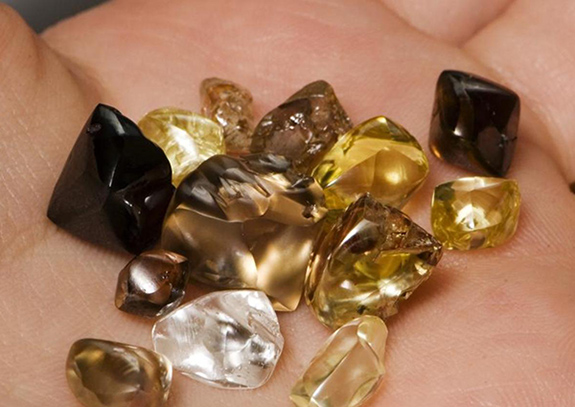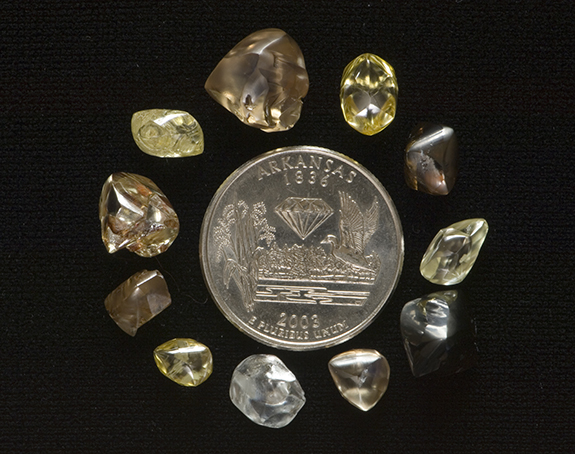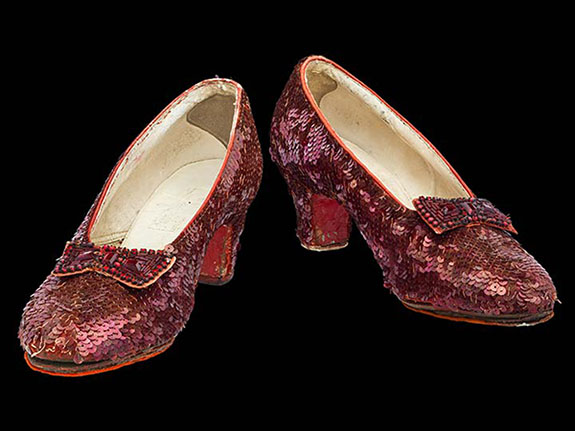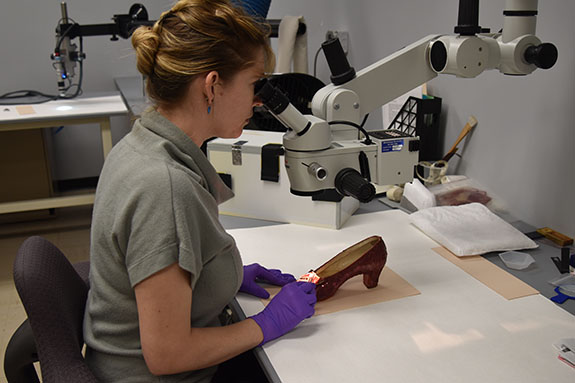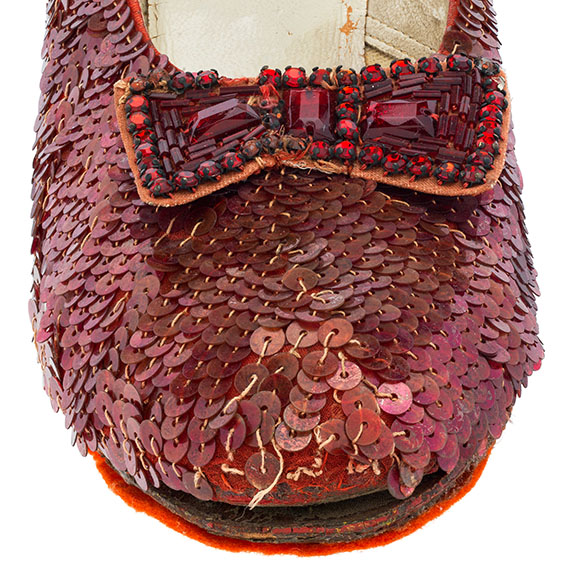Welcome to Music Friday when we bring you fun songs with jewelry, gemstones or precious metals in the title or lyrics. Today, Bruce Springsteen returns to our blog with his bling-embellished, 1950s-inspired ditty, “Ain’t Got You.”
In the song, The Boss details all the treasures he’s amassed, including “the fortunes of heaven in diamonds and gold,” but admits that his life is not complete because he “ain’t got you.”
“Ain’t Got You,” was the opening track to Springsteen’s introspective, autobiographical 1987 album Tunnel of Love. Unlike his previous album, Born in the USA, Tunnel of Love opened a window into Springsteen’s personal life, especially his troubled marriage to actress Julianne Phillips.
Interestingly, the simple "money can't buy me love" song set off a tiff between Springsteen and Steven Van Zandt, a founding member of Springsteen’s E Street Band, according to a 2012 article in The New Yorker. Van Zandt didn’t think it was appropriate for Springsteen to write a song about his personal wealth.
“I’m, like, ‘What… is this?’” Van Zandt told The New Yorker. “And he’s, like, ‘Well, what do you mean? It’s the truth. It’s just who I am. It’s my life.’”
Van Zandt responded, “People don’t need you talking about your life… They need you for their lives. That‘s your thing. Giving some logic and reason and sympathy and passion to this cold, fragmented, confusing world – that’s your gift. Explaining their lives to them. Their lives, not yours.”
Despite Van Zandt’s objections, the song — which runs just 2:08 and was recorded by Springsteen alone in his home studio — landed as the first track on Tunnel of Love. The album would go on to sell more than three million copies and top the U.S. Billboard 200 chart.
BTW, Springsteen did eventually find his true love. He's been married to fellow musician Patti Scialfa since 1991 and they share three kids.
Born in 1949, Bruce Frederick Joseph Springsteen was inspired to pursue a music career after watching the Beatles’ perform on The Ed Sullivan Show in 1964. The 15-year-old Springsteen bought his first guitar for $18.95 at a Western Auto Appliance store.
He played small venues with a number of bands throughout the late ’60s and then caught the attention of a Columbia Records talent scout in 1972. Springsteen’s debut album, Greetings from Asbury Park, N.J., was released in October of that same year.
Springsteen has sold more than 150 million records worldwide. He’s earned 20 Grammy Awards (out of 50 nominations), two Golden Globes, an Academy Award, and a Special Tony Award for Springsteen on Broadway. In 1999, he was inducted into both the Songwriters Hall of Fame and the Rock and Roll Hall of Fame.
We hope you enjoy the audio clip of Springsteen’s performance of “Ain’t Got You.” The lyrics are below if you’d like to sing along…
“Ain’t Got You”
Written and performed by Bruce Springsteen.
I got the fortunes of heaven in diamonds and gold
I got all the bonds baby that the bank could hold
I got houses ‘cross the country honey end to end
And everybody buddy wants to be my friend
Well I got all the riches baby any man ever knew
But the only thing I ain’t got honey, I ain’t got you
I got a house full of Rembrandt and priceless art
And all the little girls they wanna tear me apart
When I walk down the street people stop and stare
Well you’d think I might be thrilled but baby I don’t care
‘Cause I got more good luck honey than old King Farouk
But the only thing I ain’t got baby, I ain’t got you
I got a big diamond watch sittin’ on my wrist
I try to tempt you baby but you just resist
I made a deal with de devil babe I won’t deny
Until I got you in my arms I can’t be satisfied
I got a pound of caviar sitting home on ice
I got a fancy foreign car that rides like paradise
I got a hundred pretty women knockin’ down my door
And folks wanna kiss me I ain’t even seen before
I been around the world and all across the seven seas
Been paid a king’s ransom for doin’ what comes naturally
But I’m still the biggest fool honey this world ever knew
‘Cause the only thing I ain’t got baby, I ain’t got you
Credit: Image by Gorup de Besanez, CC BY-SA 4.0, via Wikimedia Commons.

